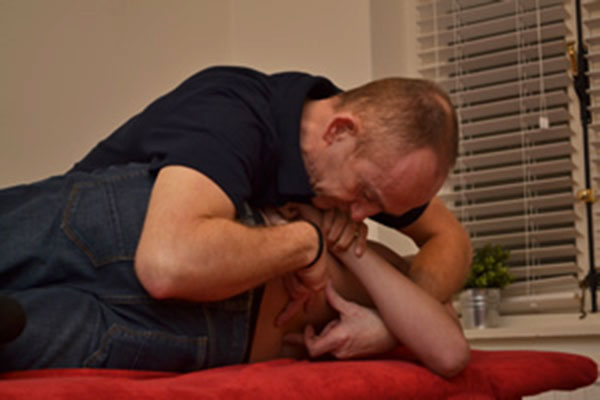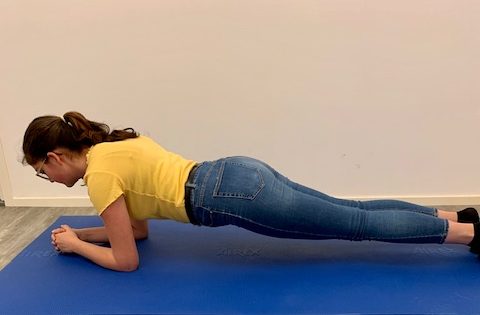What is Manual Therapy?
Manual Therapy is meant for people with complaints in the musculoskeletal system and joints in the legs and arms. The manual therapist releases functional disorders of the joints by using specific passive, mobilizing movements. By moving parts of the limbs in a specific way, mobility can rapidly increase. Pain is reduced and movement of the joints improve. Most of the time, gentle pulling or pushing against the limb or joint is sufficient. The results of the treatment can be felt immediately: less pain and more mobility.
When is Manual Therapy appropriate?
A lot of problems which are caused by disorders in the joints can be helped by a physiotherapist.
For example:
- Neck pain, headaches, and stiffness
- Neck and shoulder complaints, with pain in the arms
- Upper/lower back pain, with chest pain and/or leg pain
- Hip/knee/foot pain
- Shoulder/elbow/hand pain
- Vertigo and tinnitus
- Problems or issues in the jaw joint

Bodyweight training
These are exercises where you only use the weight of your body as resistance and you do not need dumbbells or other equipment. Examples include exercises such as planks, push-ups, pull-ups, and sit-ups.
Because you do not need any attributes, these exercises are ideal for people who want to work out but do not have access to a gym. The exercises don’t cost much time and can be done at home or at work within a few minutes. Bodyweight Exercises require flexibility and balance to do which provides additional benefits. The exercises can be adjusted to the individual needs and level of the patient. This progression/regression strategy makes it possible to reach any level of fitness of the patient. Because these exercises are done in motion keys, they are more functional than isolated exercises.

Medical Taping Concept
The Medical Taping Concept started in the 1970s in Japan and Korea. The concept is that muscles are not only used for movement but also to influence blood- and lymph circulation and body temperature. Building on this thought, several sorts of tape were developed to support muscle function without limiting movement. By treating muscles this way, the recovering process of the body is supported. The tapes that are used are similar to the human skin in terms of weight and elasticity.
The elasticity of the tapes is used to influence the elasticity of the skin, resulting in a lifting action of the skin.
After tissue trauma, the tissue will show an inflammatory reaction. This results in local swelling and increasing pressure of the surrounded tissue. Because of this increased pressure, blood circulation Is disturbed and pain increases. The lifting function of the tape causes an immediate decrease of pressure, which restores blood and lymph circulation. Pressure on pain receptors decreases which leads to immediate pain relief, automatically leading to more physiological movements.
Medical Taping Concept can be applied in case of:
- Sports injuries
- Oedema / haematoma
- Correcting posture
- Complaints due to overuse (RSI)
- Neck pain / back pain / headaches
- Supporting physiotherapeutic treatment in general
![IMG_2197[6210]](https://www.bormansfysio.nl/wp-content/uploads/2020/09/IMG_21976210-e1599418301789.jpg)
![IMG_2198[6211]](https://www.bormansfysio.nl/wp-content/uploads/2020/09/IMG_21986211-e1599418728273.jpg)
